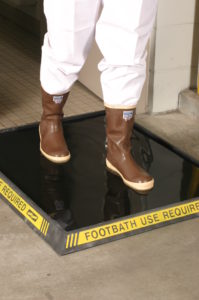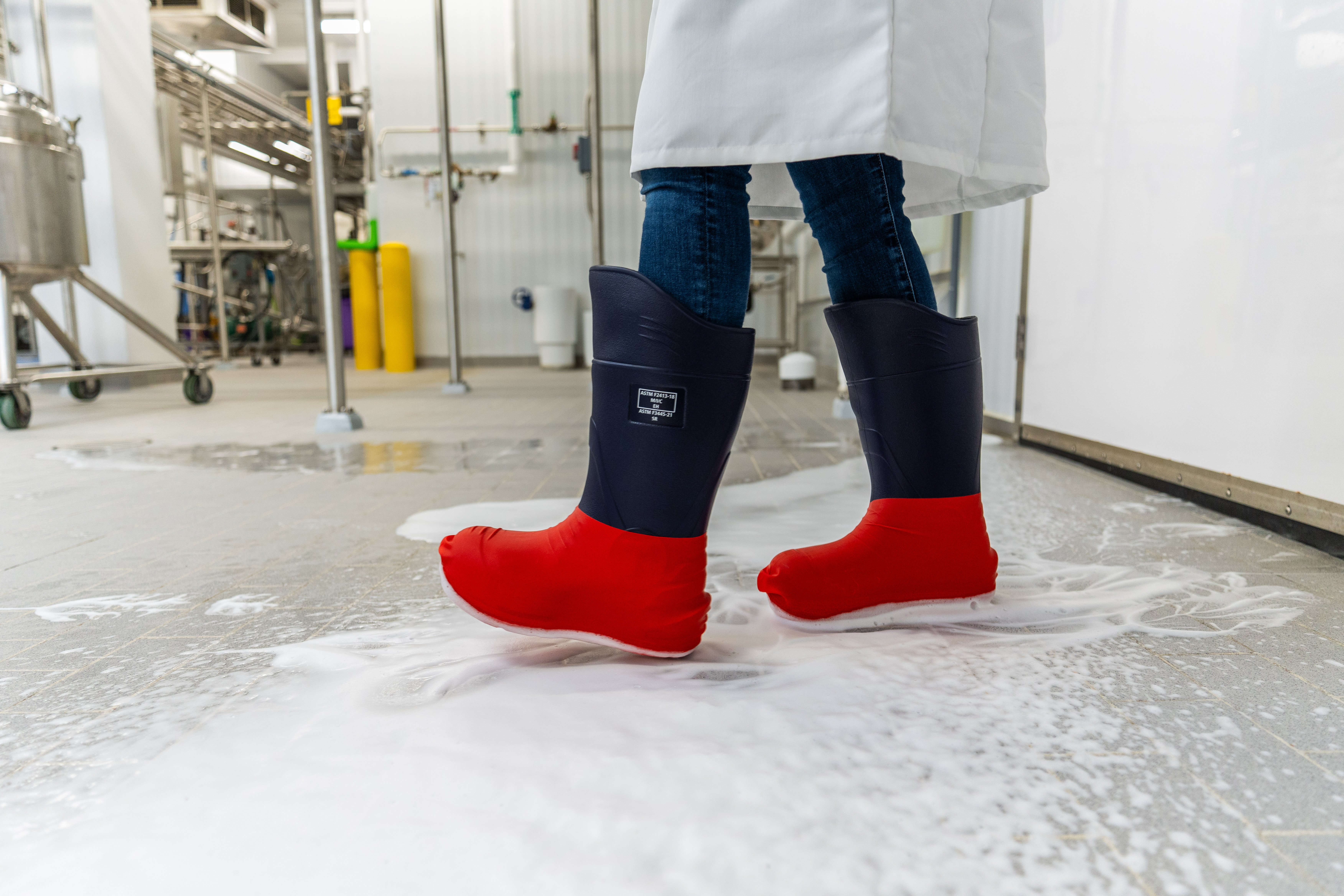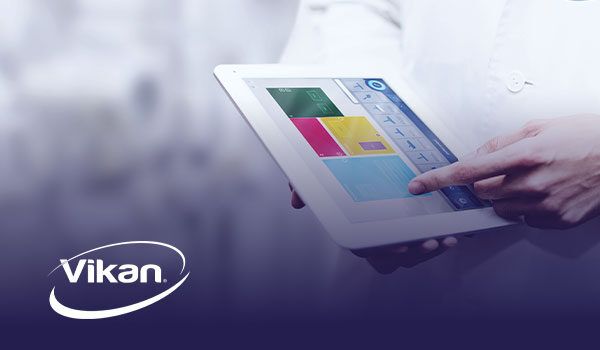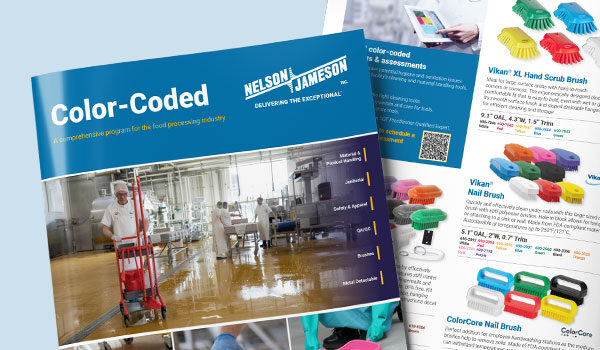Saint Augustine is attributed as stating: “We make a ladder for ourselves of our vices, if we trample those same vices underfoot.” Inspiring words...and tangentially, quite useful for the food processing industry...really. Consider the threats that lurk beneath our boots, that live underfoot for us, each time we walk onto the production floor. Those small steps, unchecked and unanticipated, can result in a litany of problems for food processors. With some common-sense prevention and planning though, we can climb to new levels of food safety understanding and practice.

One of the ways we can take sure steps in approaching cross-contamination concerns, for instance, is to look at the relentless footwear contact that your production floor handles. Employees can track in a myriad of potential contaminants and unknowingly put an operation at risk each time they breeze through a doorway to a production area. The effective use of a Disinfectant Mat™ provides a significant defense against cross-contamination. As employees step onto the mats, footwear is cleaned and sanitized. This barrier can literally help stop cross-contamination in its tracks.
Thanks to working with our great customers and suppliers across the food and beverage industries, we have collected several best practices and key insights when it comes to the utilization of disinfectant floor mats for food processing facilities. The following tips will assist your operation, and ensure full efficacy (and not to mention some convenience) when it comes to using a Disinfectant Mat as a tool to combat cross-contamination:
These insights, along with several others are available in our Disinfectant Mat flyer that can be viewed here. Along with tips and insights to make using your mat as effective as possible, you will find a spectrum of products to build your sanitation program around, now at even lower prices.
Contact our product specialists today to discuss how we can help you stop contamination in its tracks at your plant. Call 1-800-826-8302 or email sales@nelsonjameson.com.

December 10, 2025
What is OSHA's Regional Emphasis Program (REP) for the food manufacturing industry? The OSHA Regional Em...

December 8, 2025
There is a fundamental connection between worker safety and food safety: A failure in worker safety can ...

December 1, 2025
Nelson-Jameson understands that efficiency and worker safety are equally important goals in food manufac...

Recognize and address possible hygiene and sanitation challenges based on the cleaning and material handling equipment available in your facility.
Through a discovery call, virtual, or on-site assessment, Vikan SQF Practitioner certified specialists will assist in confirming that your system and cleaning tool inventory aligns with your risk management objectives while pinpointing any missing tools and enhancing maintenance and usage practices. Evaluate whether your existing tools are utilized in the most effective manner, or determine if a more suitable tool exists for the task at hand. Ensure that your tools comply with all relevant standards and regulatory requirements. Site evaluations encompass a summary survey, an overview of the location, a color-coded factory layout plan, product suggestions, a recommended order form, and a proposal for a follow-up survey.
Food Safety, Sanitation, Cleaning Tools, Color Coding

This is a comprehensive program for the food processing industry. Nelson-Jameson brings together the most extensive collection of color-coded products for material handling, product handling, janitorial, safety, apparel, QA/QC, and metal-detectable applications. With the right pieces, a color-coding system is a powerful tool in preventing cross-contamination of allergens and food-borne illnesses that can lead to sickness or expensive product recalls.

Food Safety, Sanitation, Cleaning Tools, Color Coding

Food Safety

Get Petrifilm Certified through our complimentary immersive workshop for managers, personnel, and teams. The workshop offers practical knowledge through hands-on training and networking with industry professionals and experts. Attendees gain an in-depth understanding of Petrifilm technology and valuable insights into effective environmental monitoring practices. Participants leave with a certification and a wealth of resources that can significantly contribute to elevating their plant's quality control standards.
Food Safety, Sanitation, Laboratory